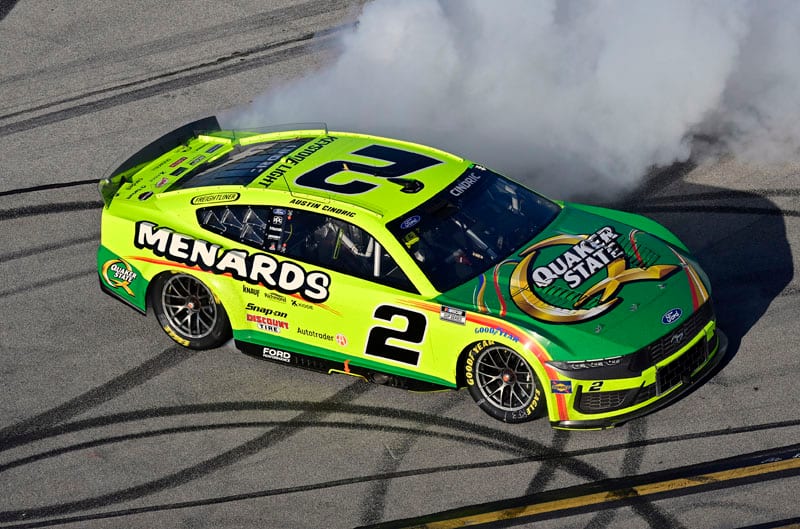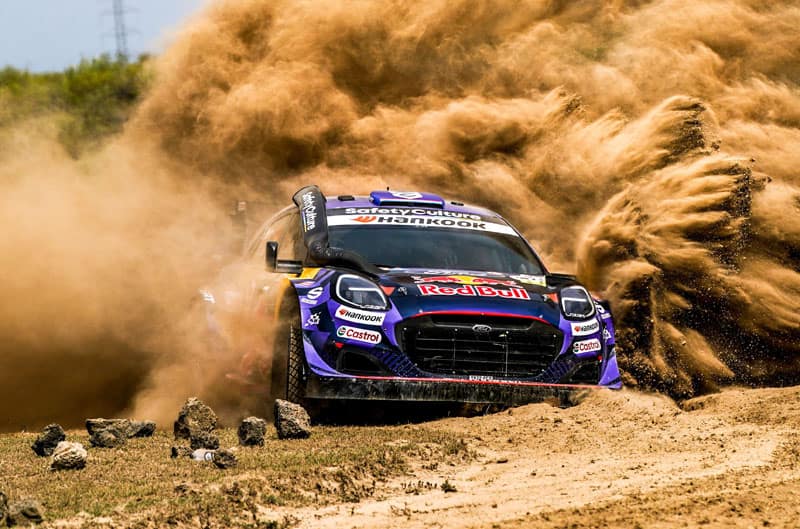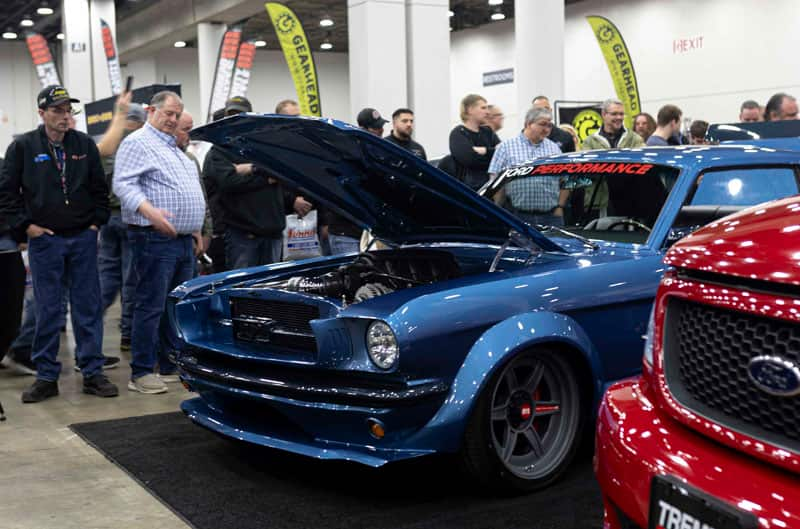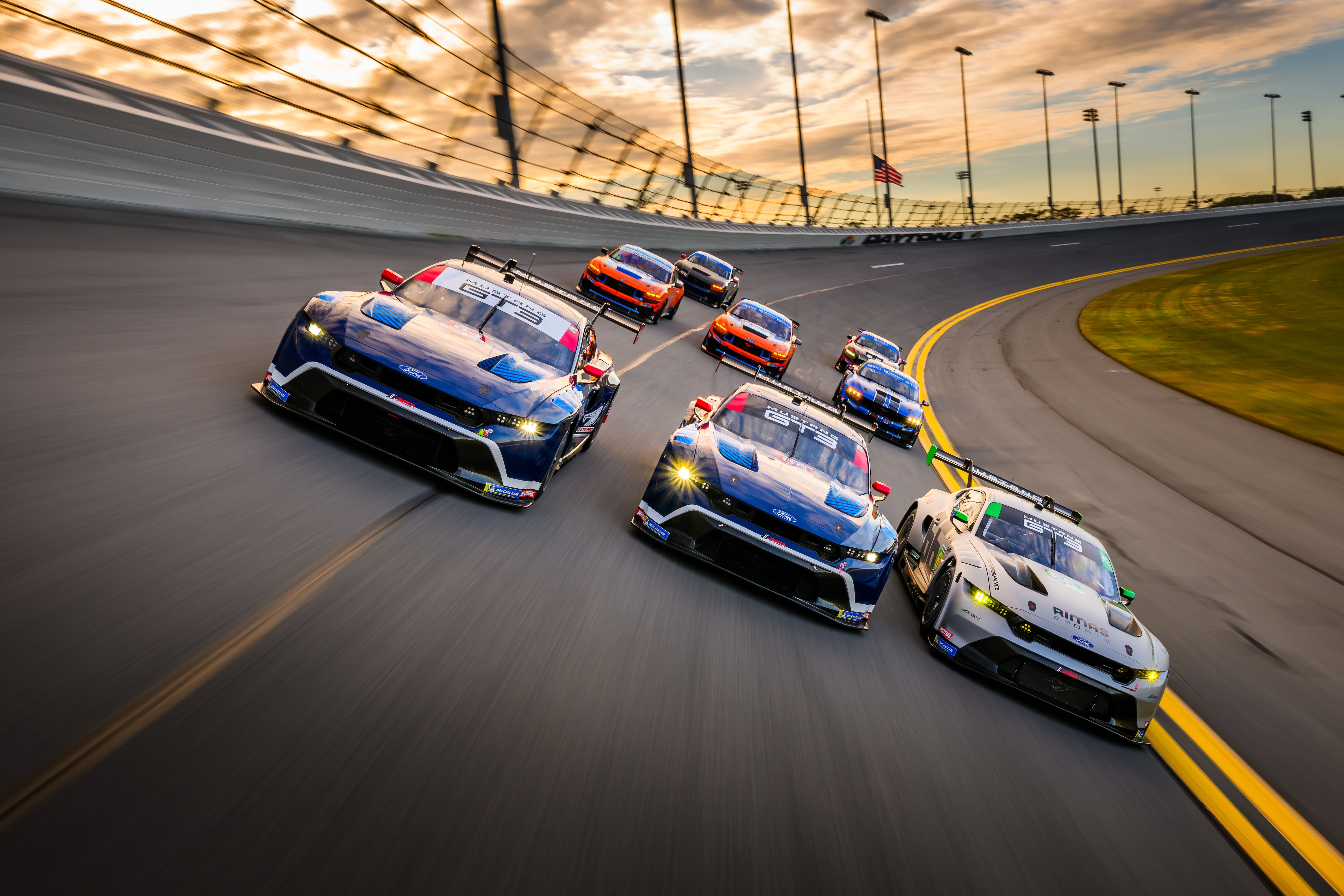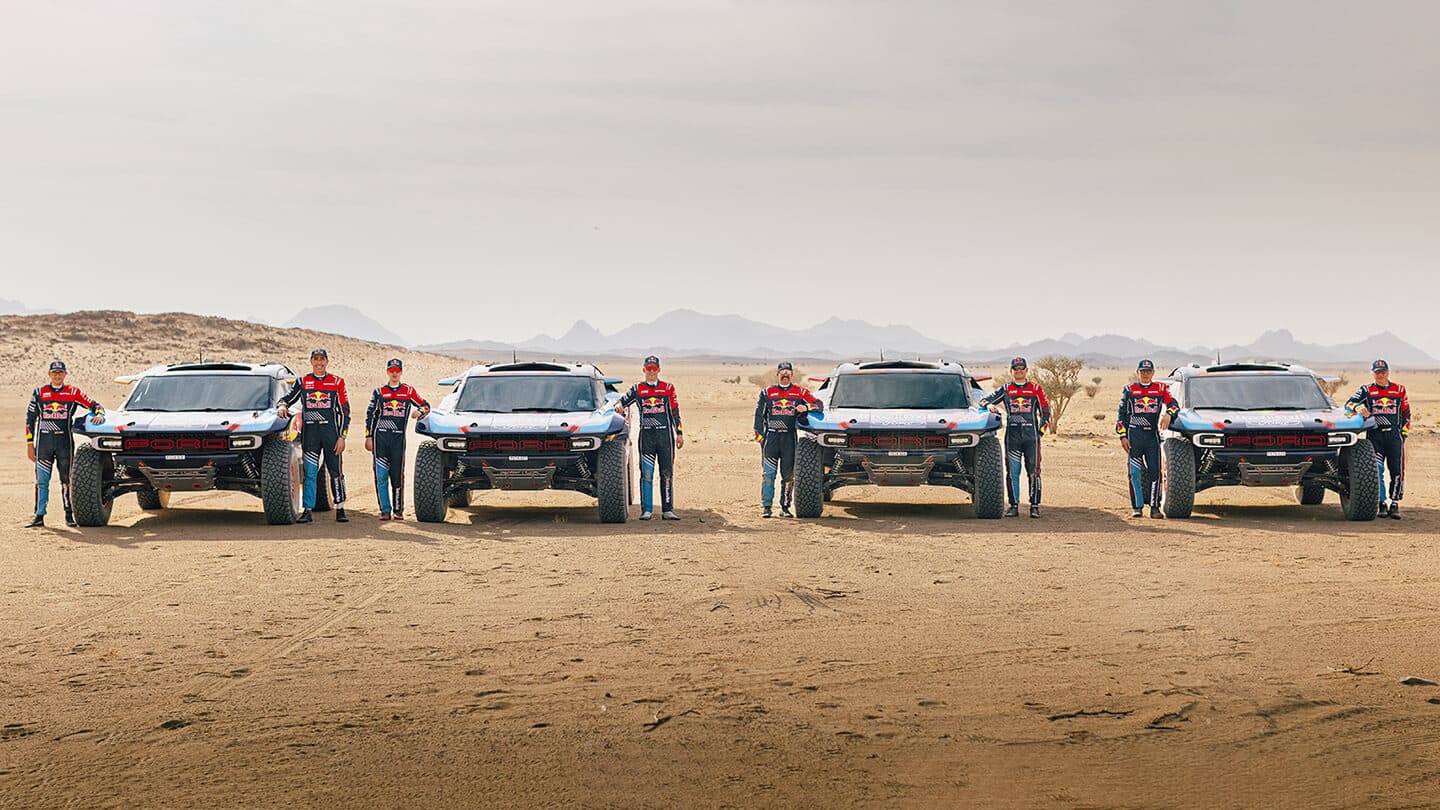


For Drew and Robin Hayes, Daughter & Granddaughter Find Meaning by Driving Warriors In Pink Mustangs
By Drew & Robin Hayes
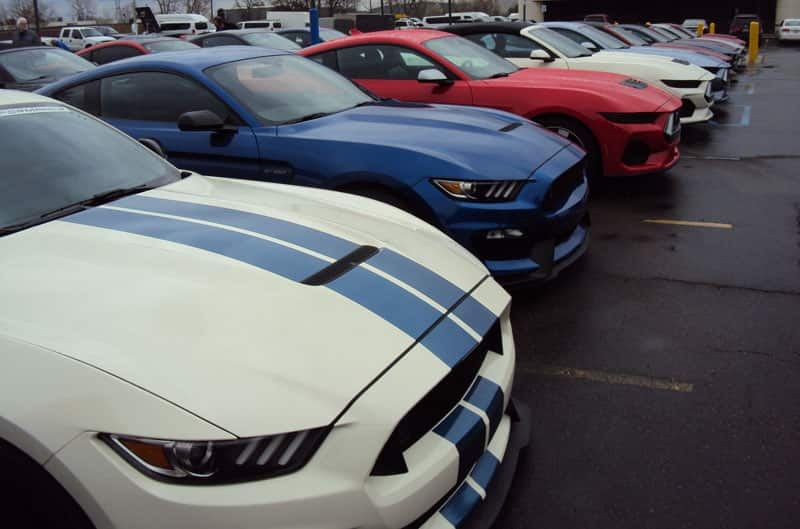
Sprinkles Can’t Dampen the Party Vibe at Club’s Annual National Mustang Day Gathering in Dearborn
By John M. Clor

Mustang Clubs All Across Europe Unite with an Event and Launch of Long-Sought Pan-European Association
By Fabrizio Schenardi
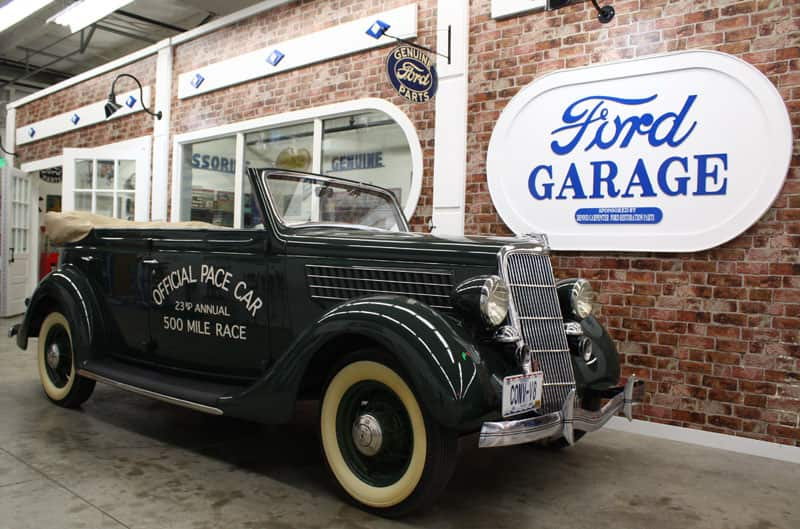
Fandom Finds A Home: The Early Ford V8 Foundation Museum – A Place Where Flatheads Are Forever
By John F. Katz
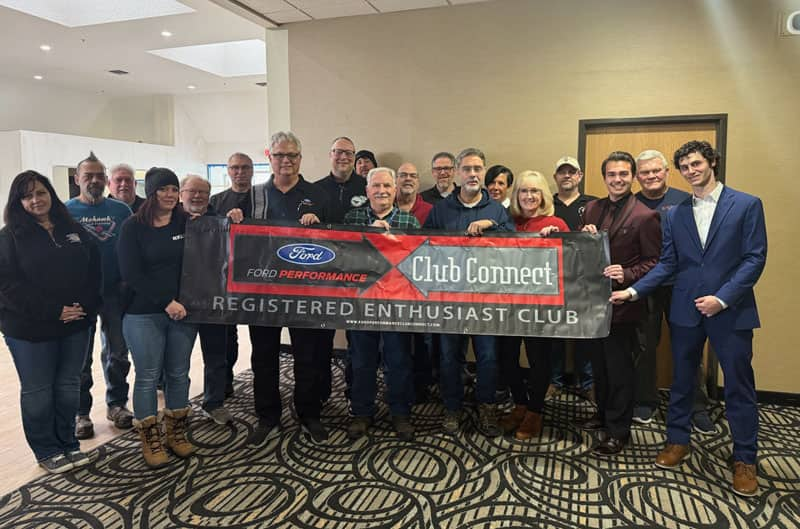
During Annual Club Summit, Two Gen-Z Owners Pitch a Rethink for Events, Social in Bid for Younger Members
By John M. Clor
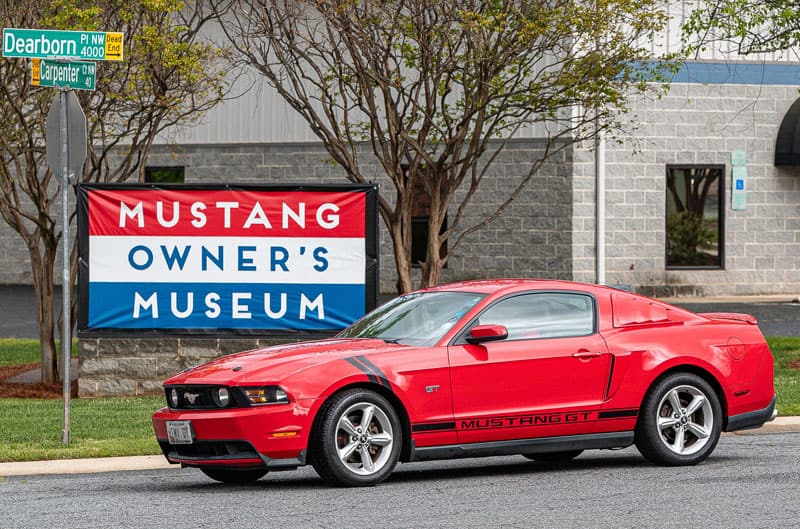
Owner’s Museum Draws Top Speakers, Cars, Events and Hall of Fame Inductees for National Mustang Day
By Gerard Ferraioli
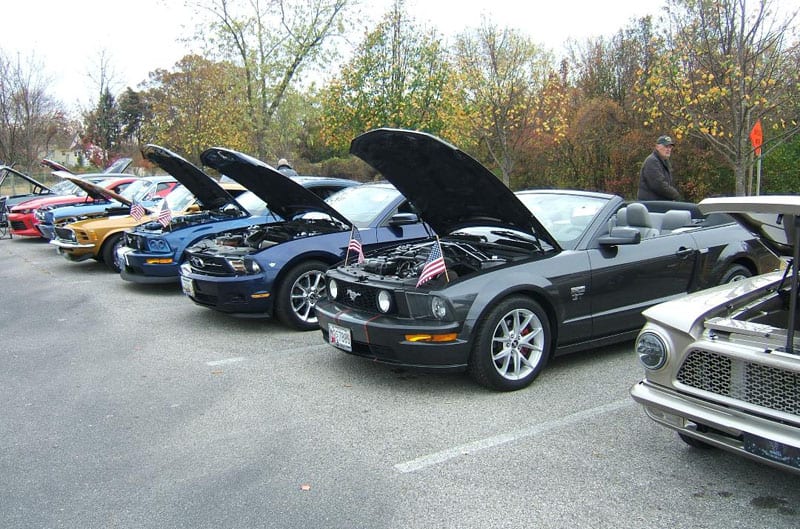
Winning a Trophy at a Car Show is More Memorable When It’s at an Event That Pays Tribute to Veterans
By Rick Mitchell
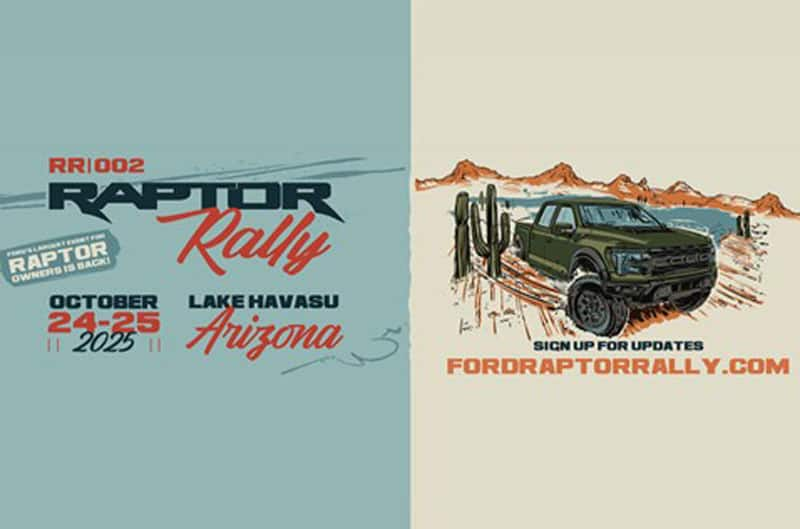
Save the Date for October 24-25 and Join the Fun During Raptor Rally 2.0 at Lake Havasu, Arizona
By John M. Clor
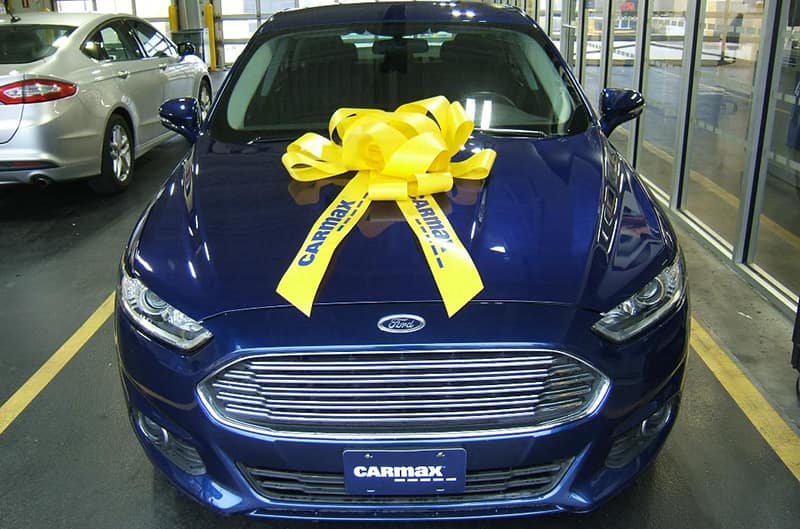
After Nationwide Search, Rick Mitchell Rekindles Fondness for the Fusion with a Sweet, Blue 2015
By Rick Mitchell
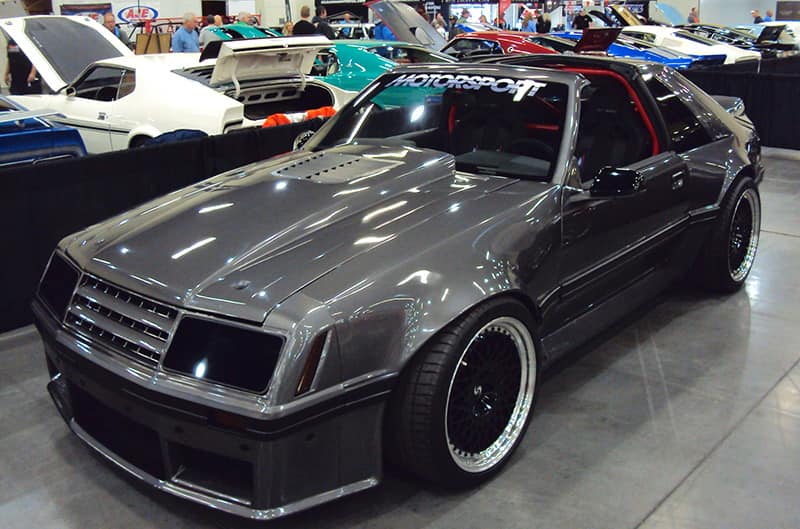
Popular Annual ‘Ponies In The Smokies’ Event Proves a Perfect Jump Start for the Mustang Show Season
By John M. Clor
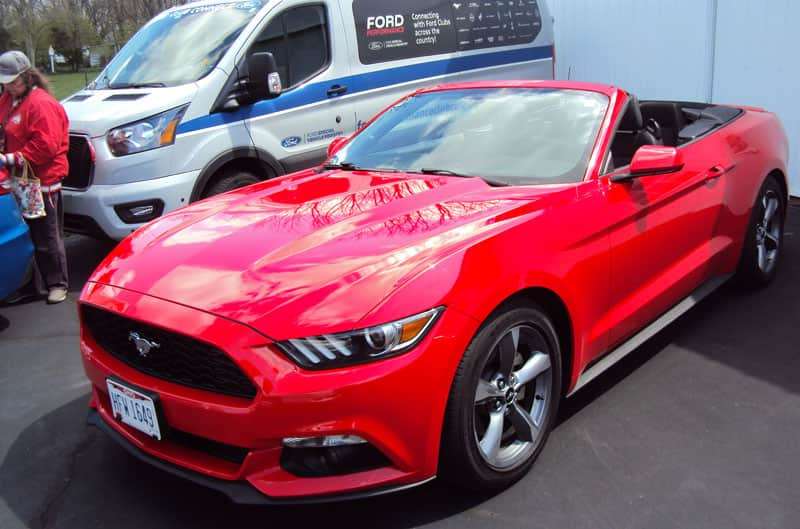
Pioneer Ford Car Designer Emeline King Dazzles the Crowd on National Mustang Day at Halderman Museum
By John M. Clor
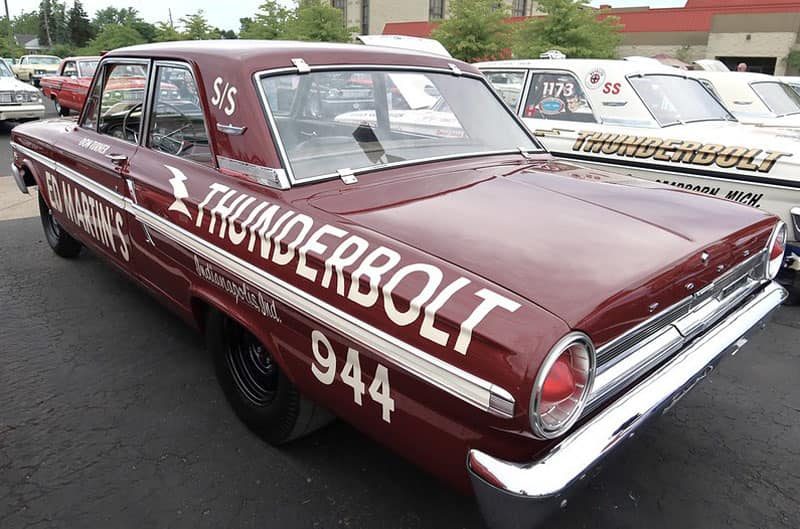
After a Show Appearance, the Ed Martin Thunderbolt Winds Up Reunited with a New (Old) Owner Family
By Bill Cook

33 Ford GT’s Make Waves at 21st Annual Cars on 5th Show Featuring Luxury Exotics in Naples, FL
By Jeff Burgy
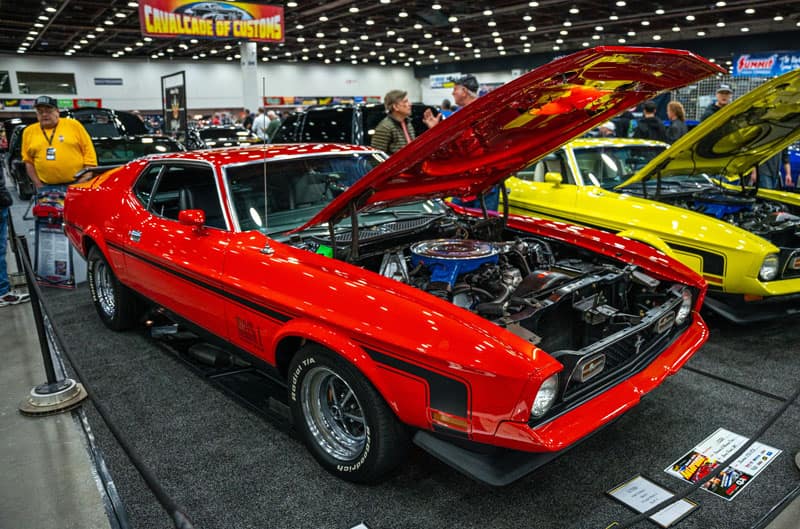
We’ll Give You One Last Chance to Check Out Some of Our Favorite Fords at the 2025 Detroit Autorama
By Joe Deladvitch
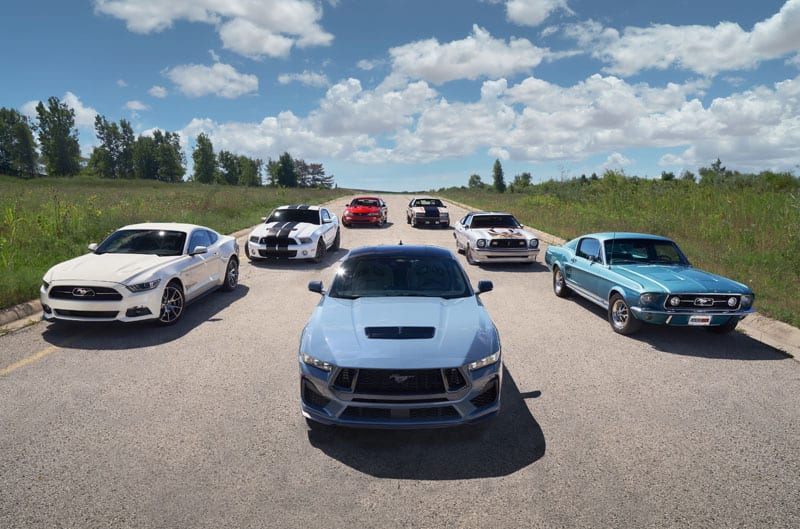
It’s Easy to Find the Best Way for You to Celebrate National Mustang Day (or Weekend) – Join the Club!
By John M. Clor

Media Gets a Sneak Peek at Saved Concept Cars and Project Vehicles in Newly Formed Ford Heritage Fleet
By Marcus Cervantes
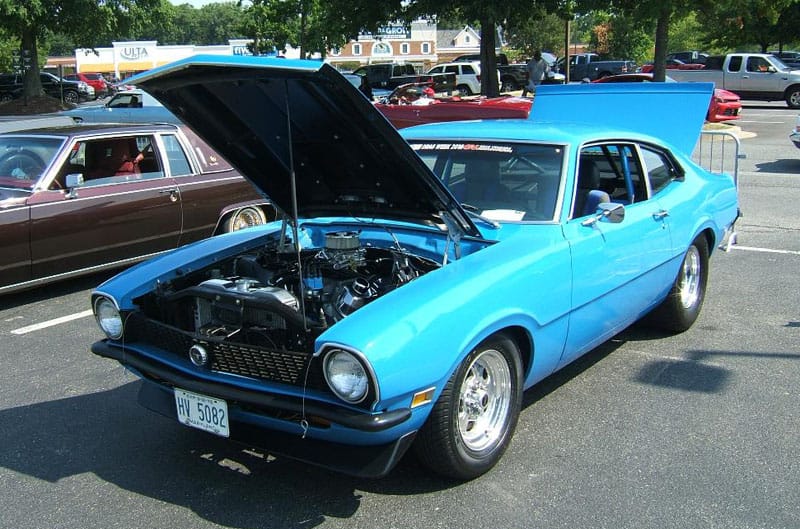
Rainy Drive to a Car Show Makes for a Mega-Effort Cleanup that Brings Out the Sun – and an Award
By Rick Mitchell

UK Focus RS Club Member Chris ‘Kit’ Taylor Reveals How His Focus RS and its Community ‘Saved His Life’
By Chris 'Kit' Taylor
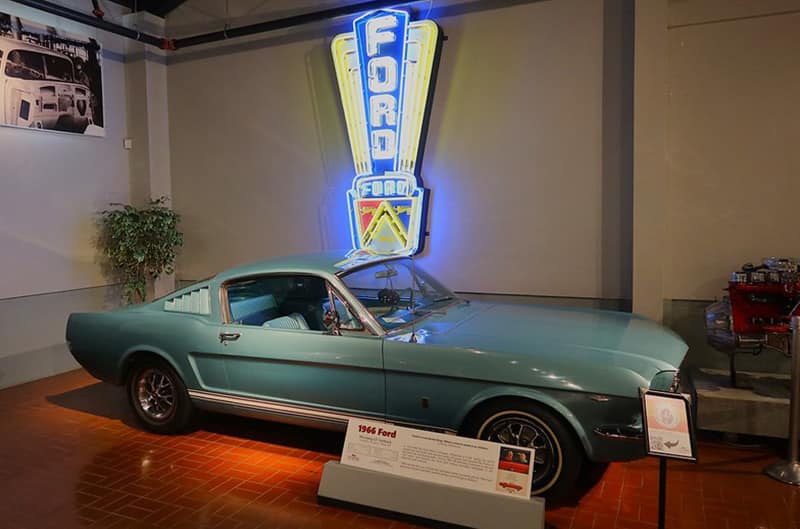
Got Cabin Fever? Check Out Nostalgic Displays of Station Wagons and Muscle Cars at the Gilmore Car Museum
Photos by Bill Cook
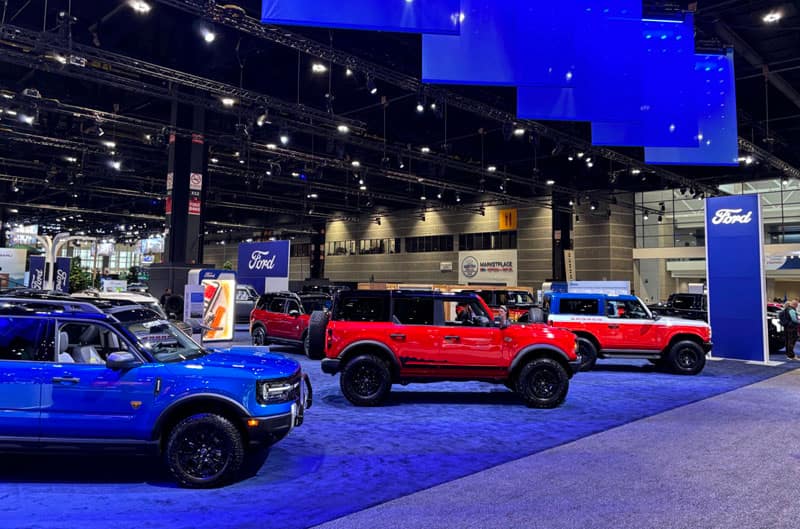
Mustang, Bronco and Trucks Make for Dominant Displays in a Strong Ford Footprint at the Chicago Auto Show
By Ryan Pasch
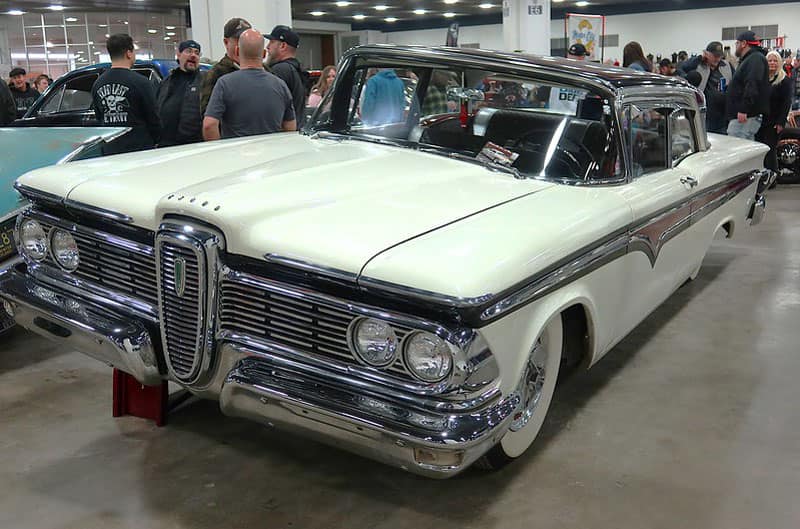
Autorama Extreme’s Cool Motoring Subculture Makes for Eclectic Mix of Rides that Transcends Generations
By Bill Cook

With the Chance to See So Many Iconic Fords, the Annual Iola Old Car Show Never Gets Old
By Dave Glickman
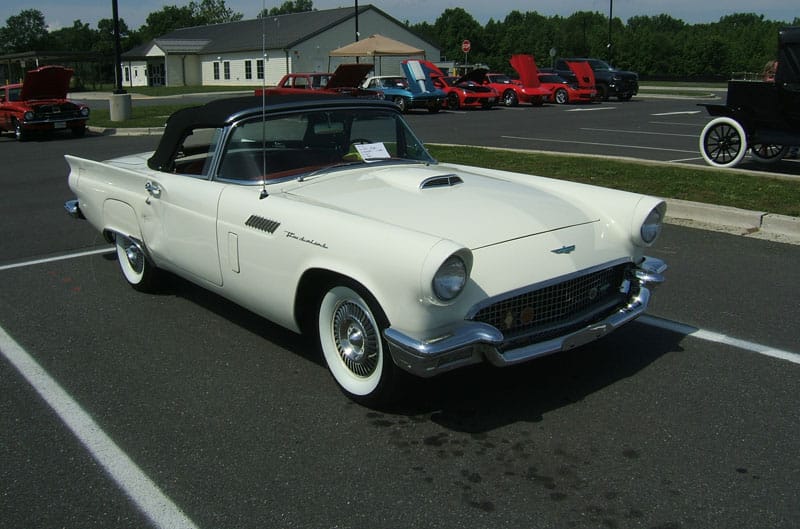
Surprise Ride in a Model T Makes Return to a Show for 2nd Year in a Row Better Than Winning a Trophy
By Rick Mitchell
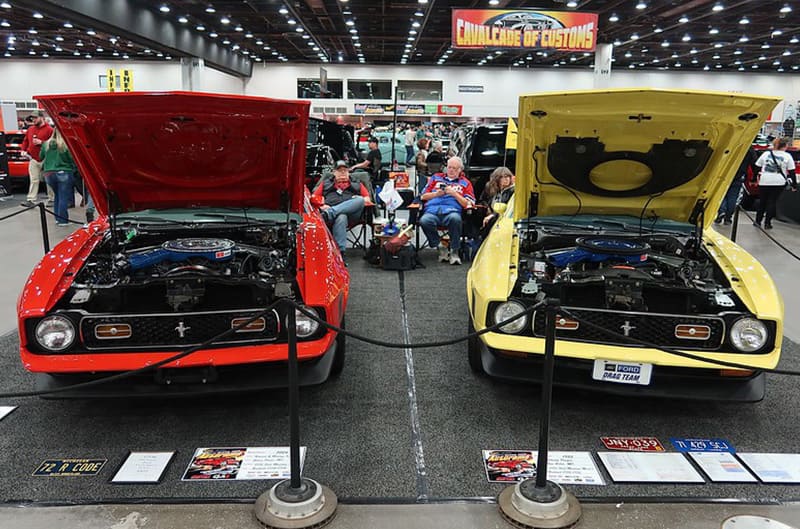
Blue Oval Fans Find Fords of Every Flavor, from Hot Rides to Cool Classics, at Detroit’s 72nd Autorama
Photos by Bill Cook

Got Cabin Fever? Check Out Nostalgic Displays of Station Wagons and Muscle Cars at the Gilmore Car Museum
Photos by Bill Cook
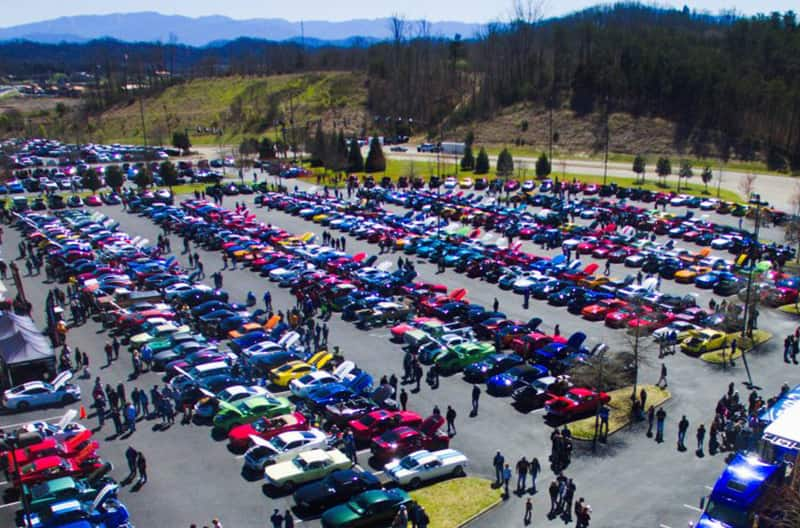
March 24th to 29th Marks Kick-Off of the Mustang Car Show Season with ‘Ponies in the Smokies’
By John M. Clor
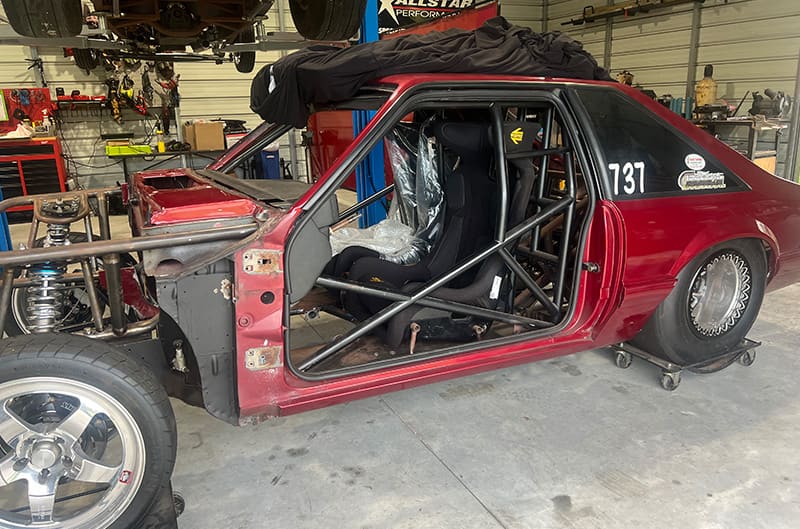
At 18, Star Drag Racer Jordan DaCosta Builds a Coyote Foxbody Plus Youth Interest in Racing
By Jordan DeCosta
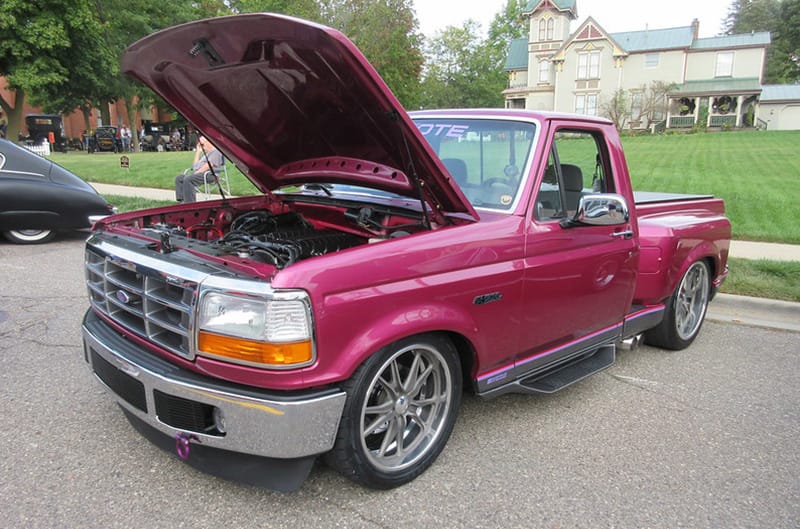
You Might Be Surprised at Who Brings Classics to the Lake Street Cruise-In in South Lyon, Michigan
Photos by Mark Storm
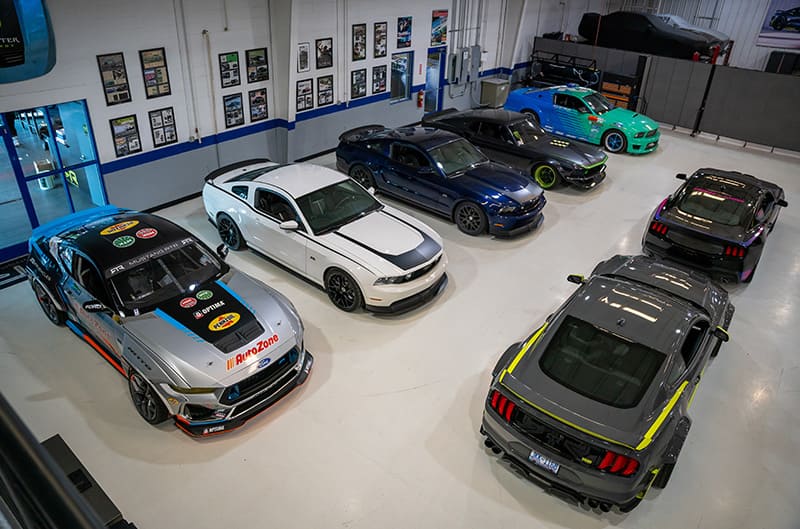
Ready to Rock? We Take You Behind the Scenes for an Inside Look at the RTR Lab near Charlotte
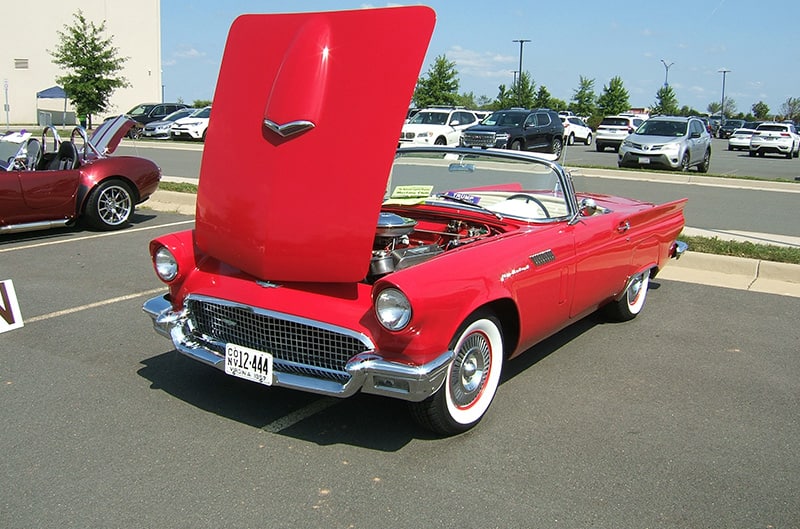
Volunteering to Assist with Judging Adds to the Fun at National Capital Region Mustang Club Show
By Rick Mitchell
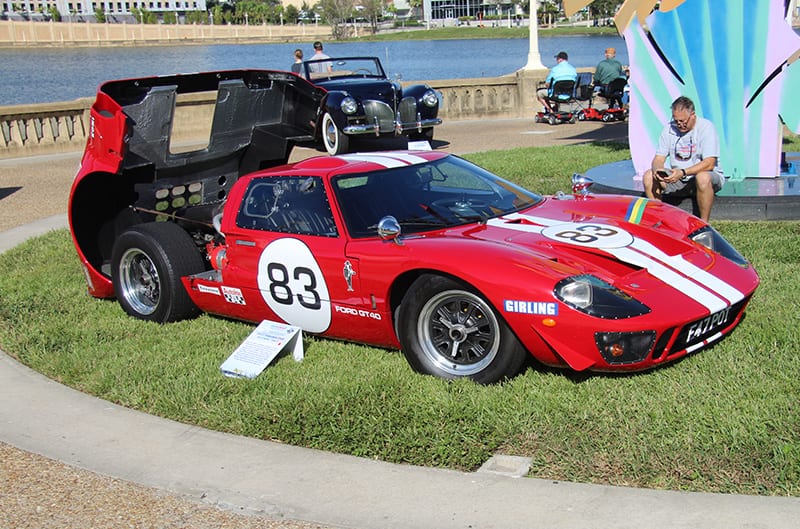
Cool Fords Spend Time in the Sun at Florida’s 25th Lake Mirror Classic Concours and Car Show
Photos by Eric Pasteiner
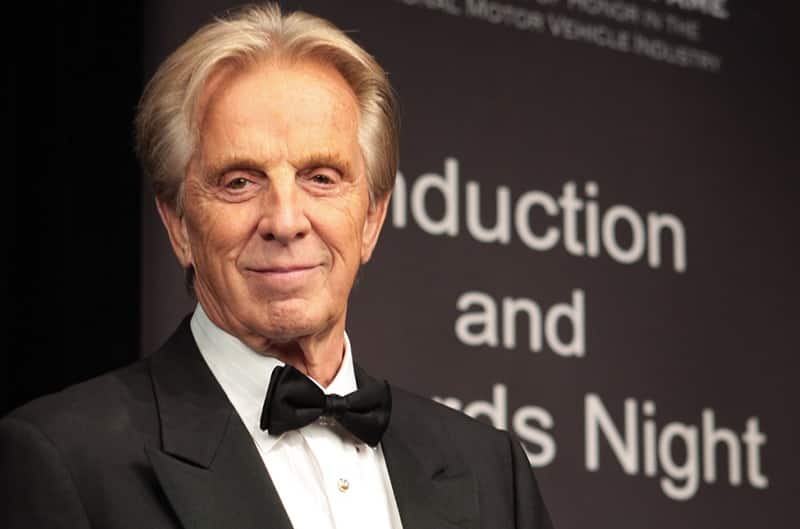
The Mustang World Loses an Icon with the Passing of Hal Sperlich at Age 95, Ford’s Pony Car Champion
By Paul Kampe
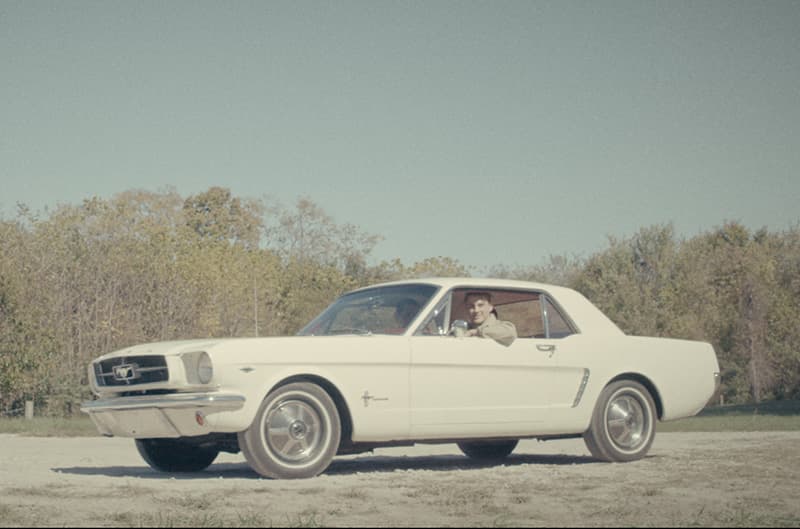
Enthusiasts Make Their Own ‘Spec Commercial’ Video for Reveal on March 9th to Honor 60 Years of Mustang
By John M. Clor
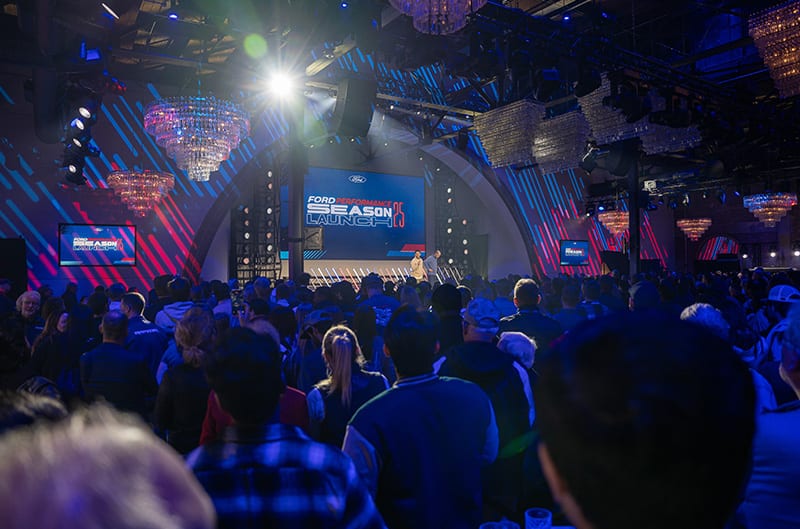
Ford Performance Hosts a 25 Season Launch Party to Help Get Fans Fired Up for More Racing Successes
By Joe Deladvitch
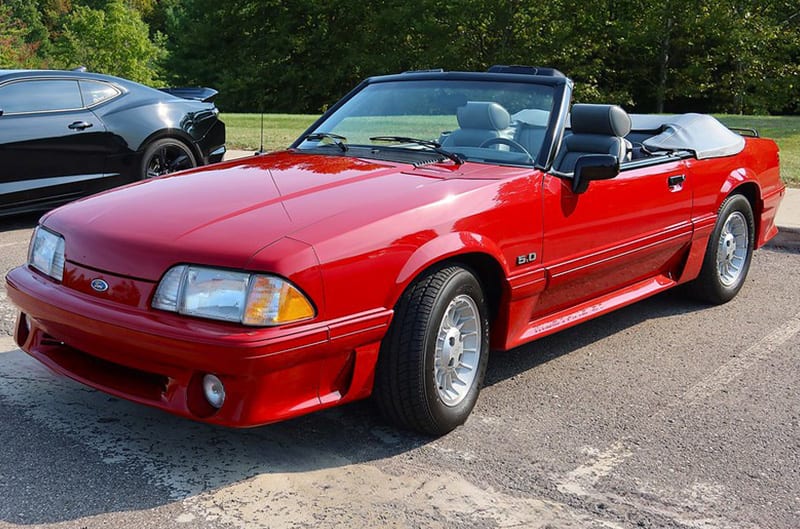
Let Some Hot Cars & Coffee Action in Suburban Detroit from Late Last Summer Take the Chill Off Winter
Photos By Bill Cook
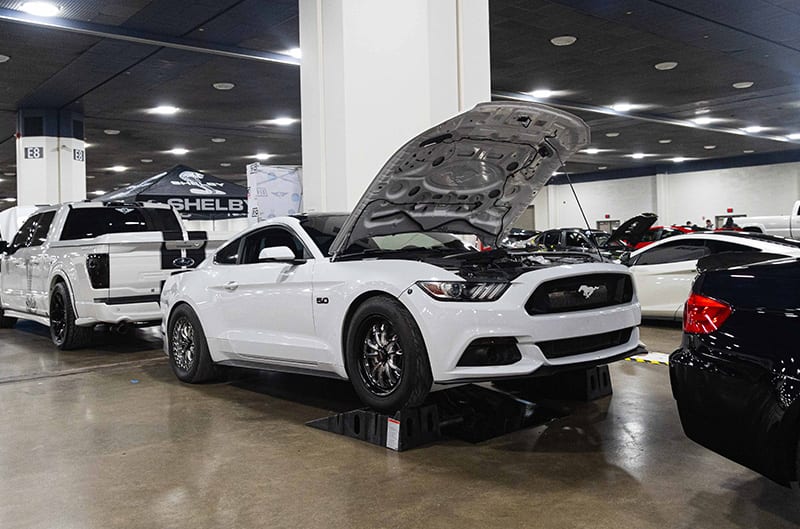
Young Enthusiasts Bring Culture Shift to Detroit Auto Show with Special ‘Modded Detroit’ Display
By Austin Atwood
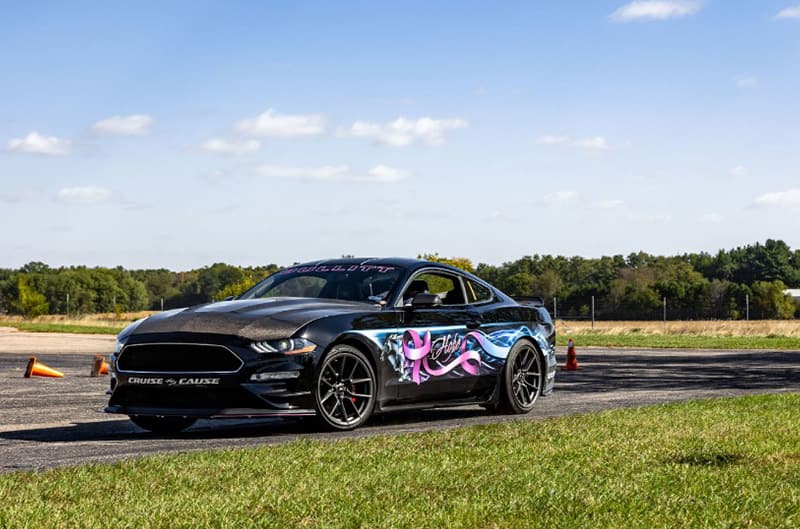
Dark Horse #3 Raffle Car Helps Cruise for a Cause Fight Cancer with its 14th Annual ‘Fall Ford Fest’
By Robert Kennedy
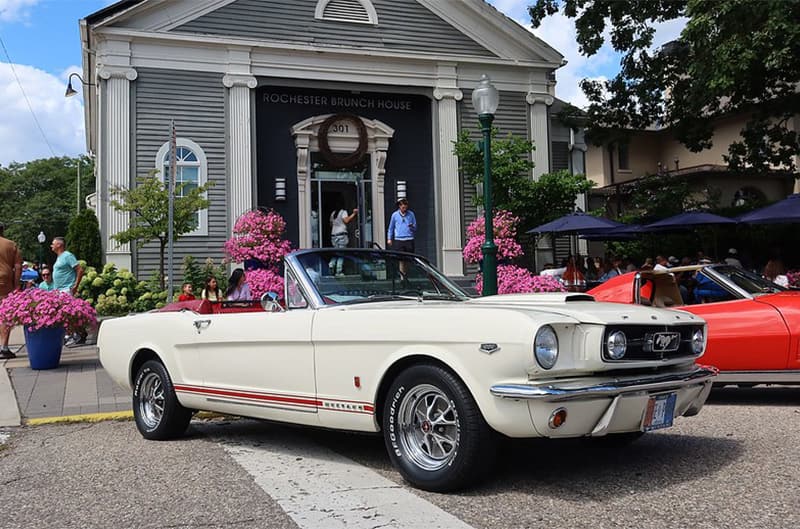
Ford Fan Finds Blue Oval Rides Galore at Hometown Rochester Heritage Rod & Custom Car Festival
Photos by Bill Cook
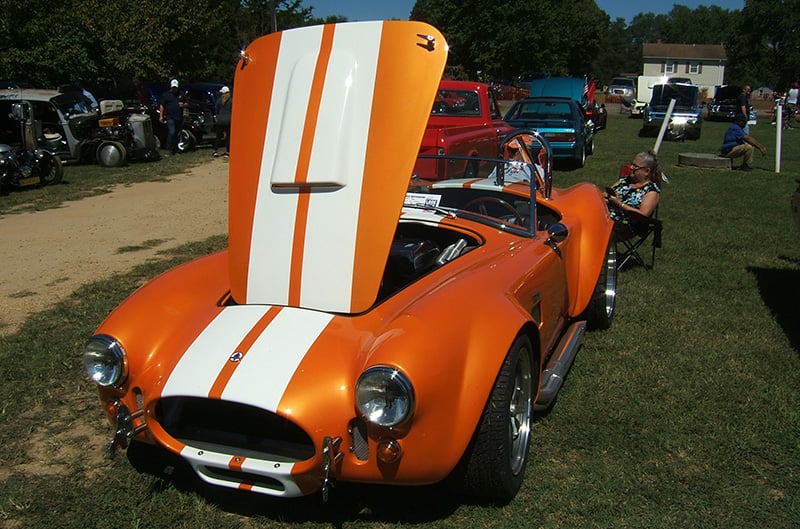
After Bad Weather Kept Forcing Rescheduling, 4th Time’s the Charm for East Coast Drifters Show
By Rick Mitchell
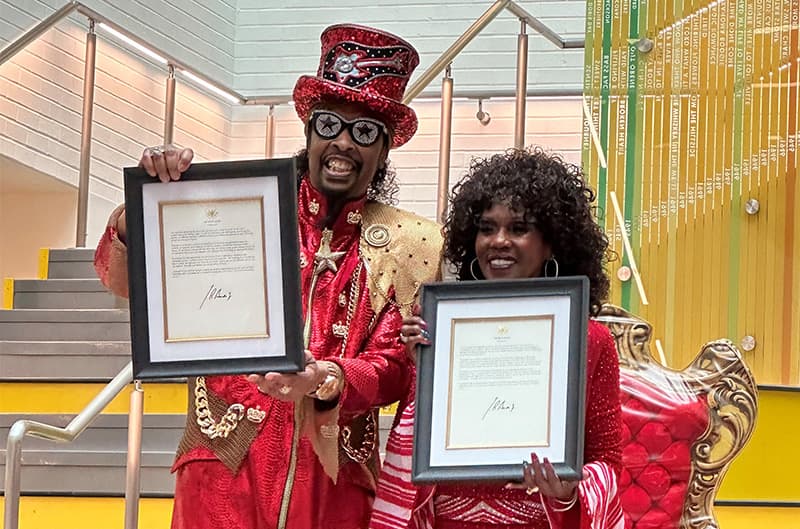
Hall-of-Fame Funk Musician Bootsy Collins and Wife Patti Drive Off with Presidential Awards in Their 02 Mustang
By Tina Scheafer & Bill Montgomery
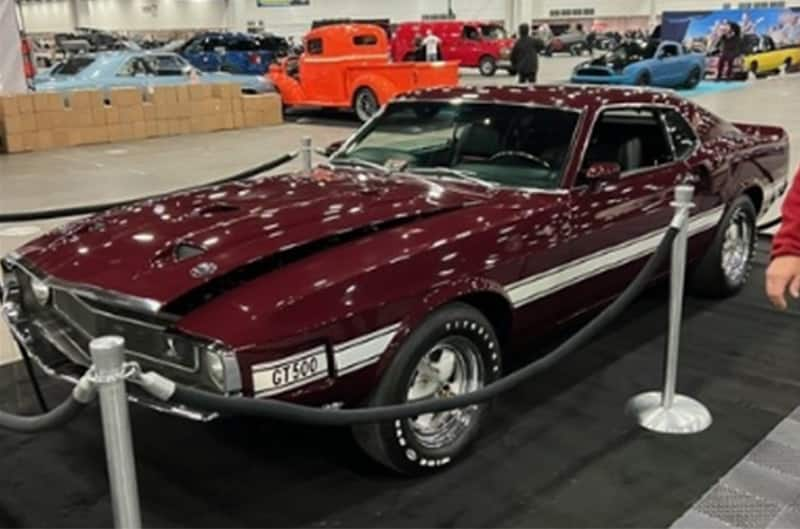
We Uncover Ford Employee’s 4-year Resto Quest on a ’69 GT500 to Snag an Award at the ’24 Detroit Autorama
By Susan Lock
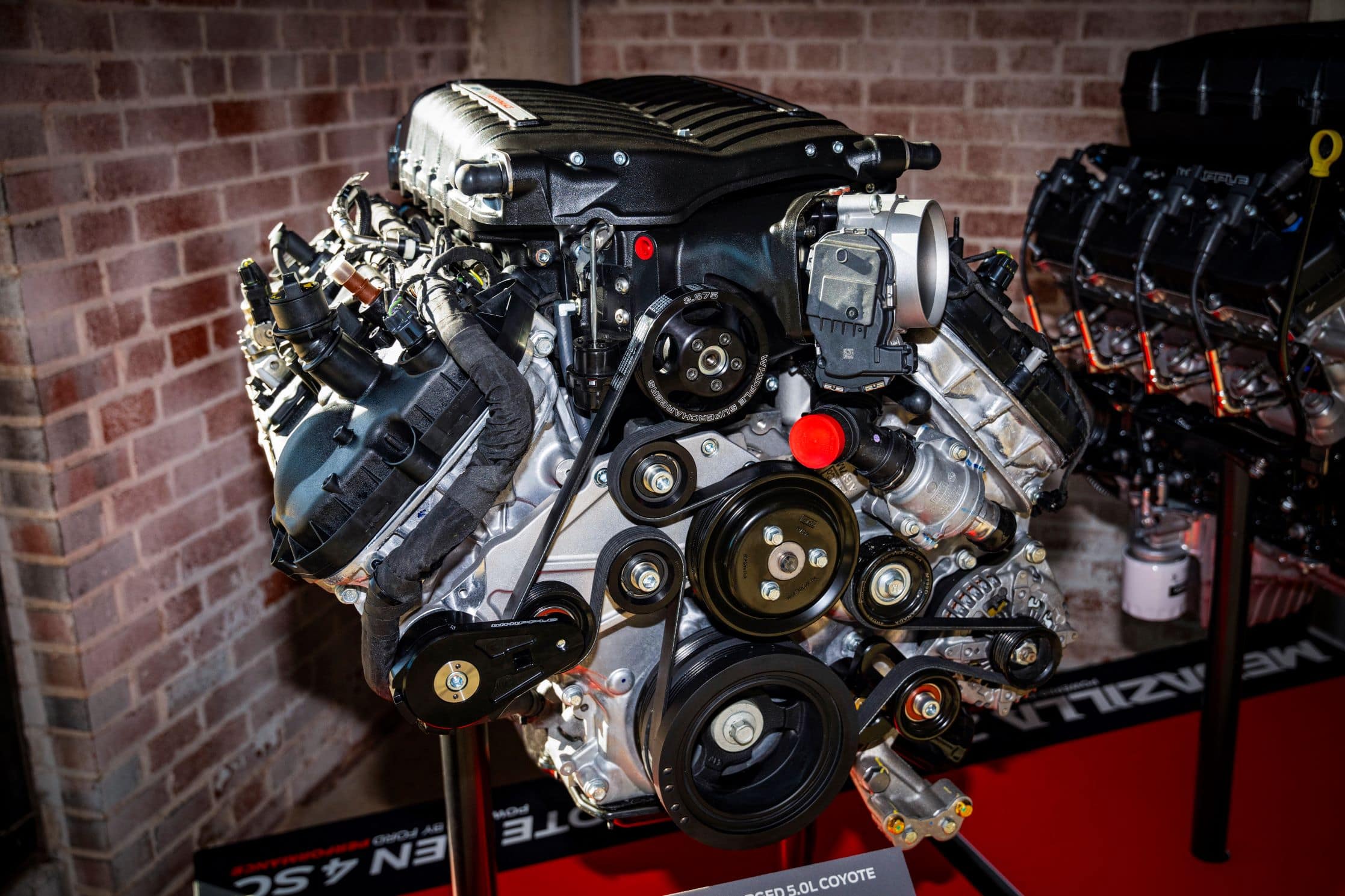
New Megazilla, Coyote Crate Engines Deliver More On- and Off-Road Power
By Kim Mathers
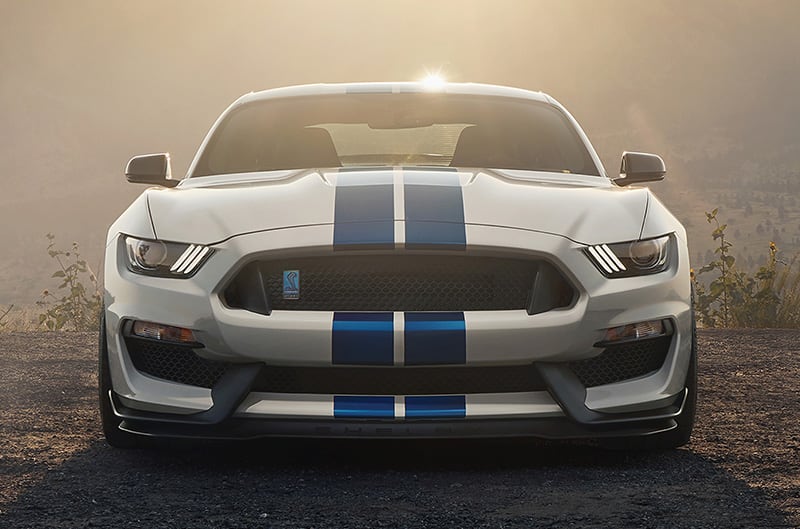
Come Explore the All-New FordPerformance.com Site to See How We’re Driving Ford Enthusiast Passion!
By John M. Clor
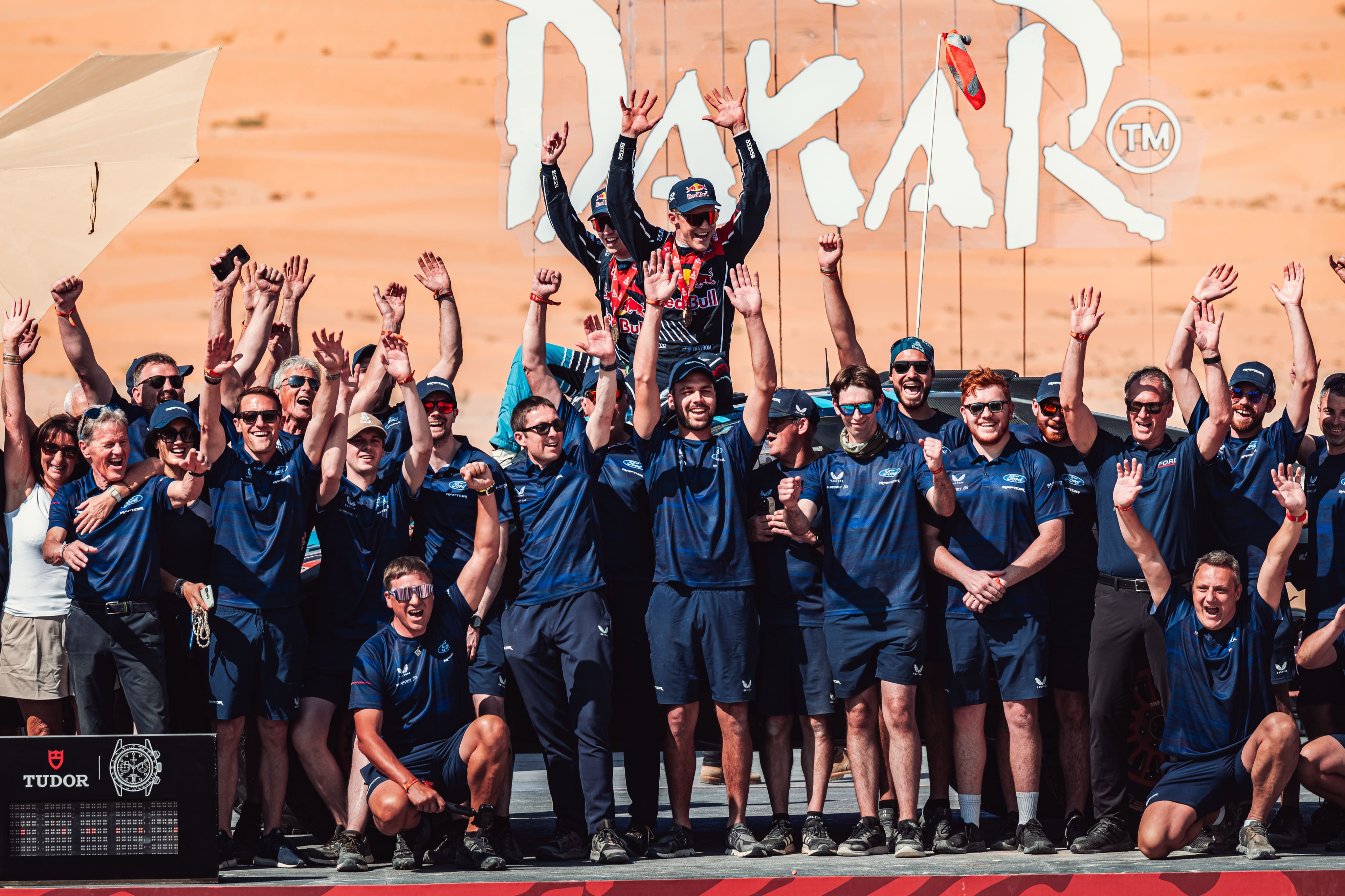
Ford Performance Celebrates Podium Finish and Thrilling Moments at the 2025 Dakar Rally
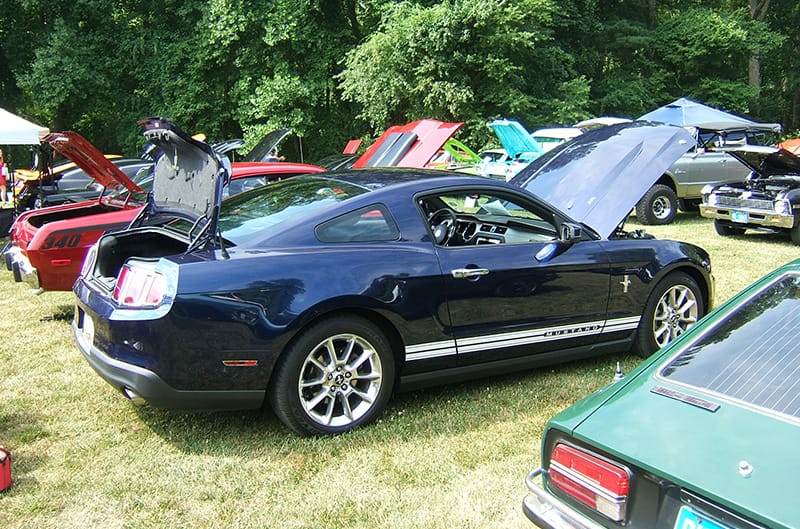
You Say it’s –4 and a Cold Wind’s Got You Down? Let Some 4H Camp Car Show Coverage Warm Your Soul
By Rick Mitchell
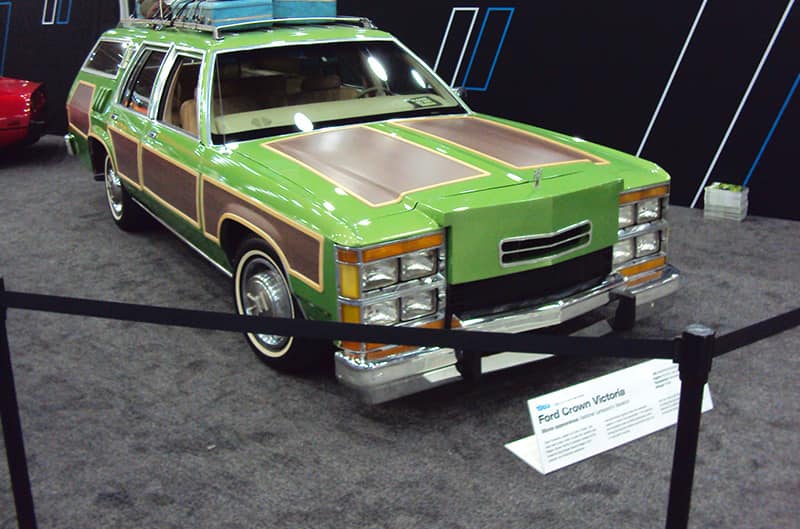
Ford Heats Up Reimagined Detroit Auto Show with RTR EcoBoost Mustang and GTD ‘Spirit of America’
By Austin Atwood
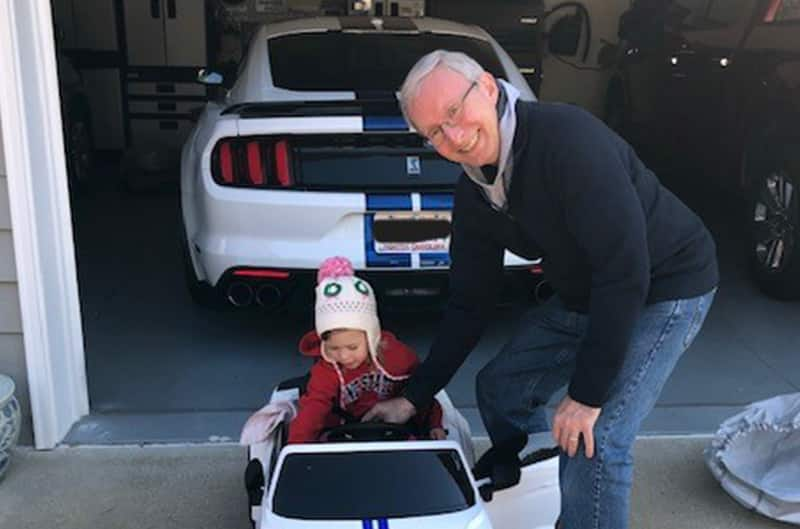
‘Santa’ Comes Through at the Last Minute to Land One Little Granddaughter Her Very Own Mustang
Submitted By Dave Olechovsky
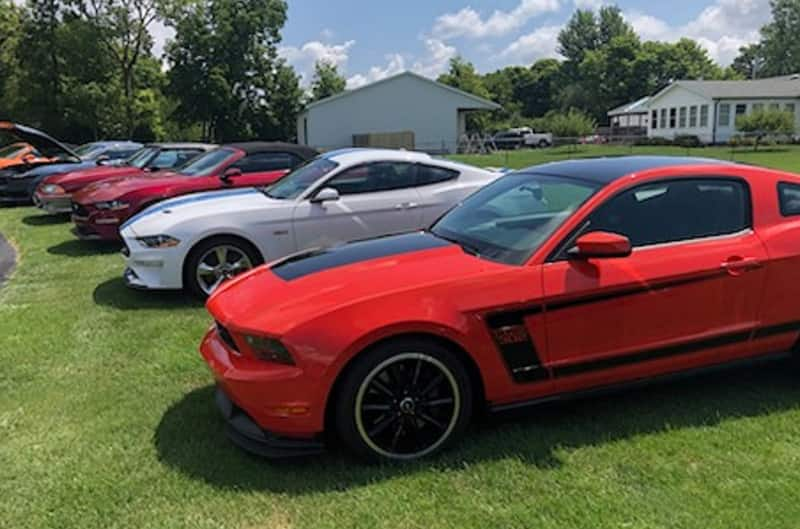
Three Nominees from Two Ohio Clubs Inducted Into Halderman Museum Mustang Club Member Hall of Fame
By John M. Clor
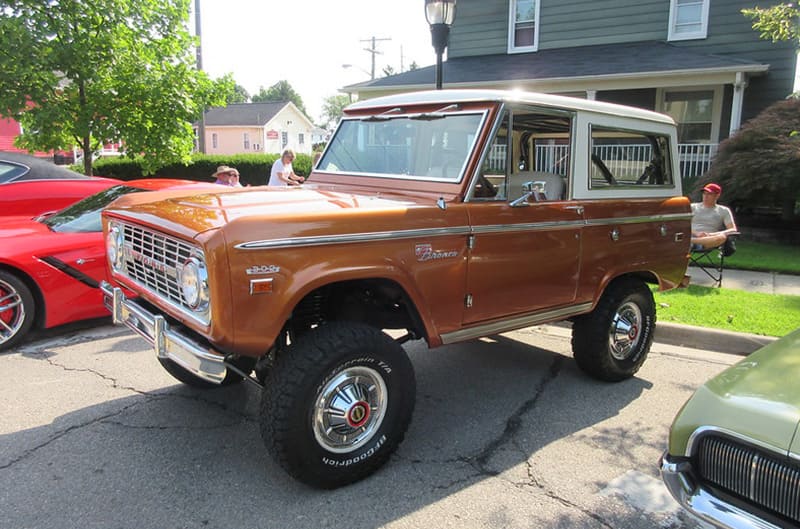
Let This Car Show Called ‘Bumpers, Bikes & Bands’ Help You Forget About the Cold, Snow and Sleet
Photos By Mark Storm
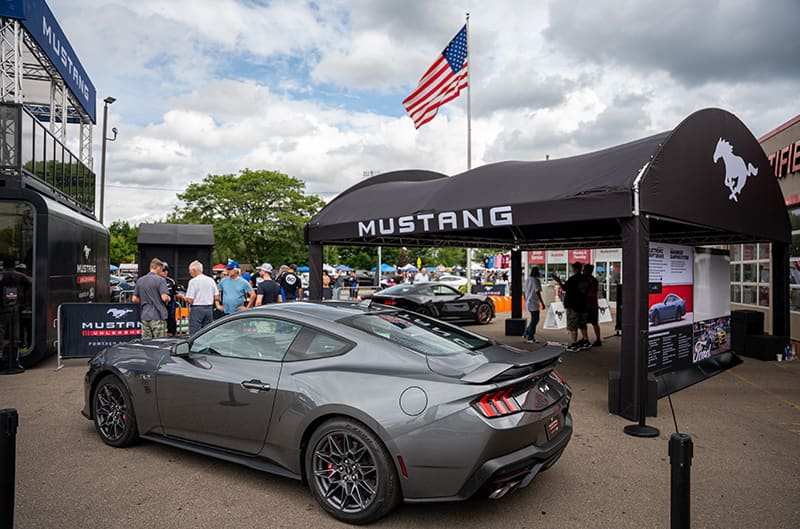
What a Year! Take a Look at the Top 10 Enthusiast Stories from 2024 Posted on FordPerformance.com
By John M. Clor
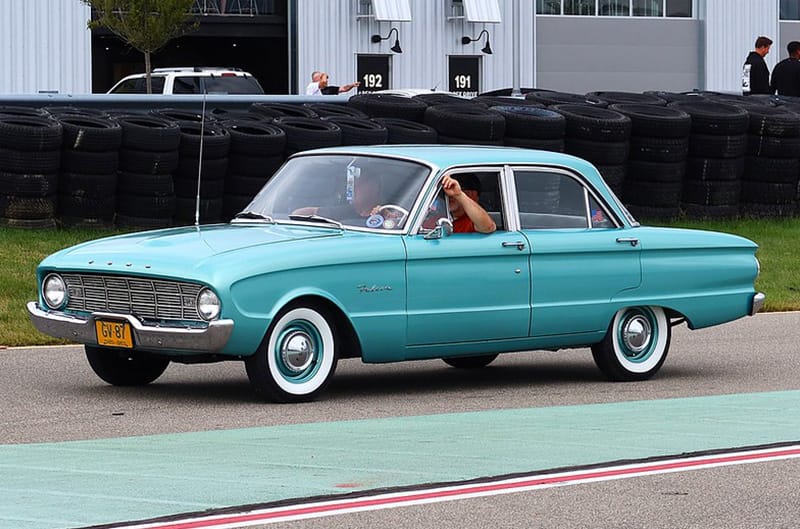
Warm Up with this Visit to a Ford-Filled Midsummer ‘Cars & Coffee’ Gathering at Michigan’s M1 Concourse
Photos By Bill Cook
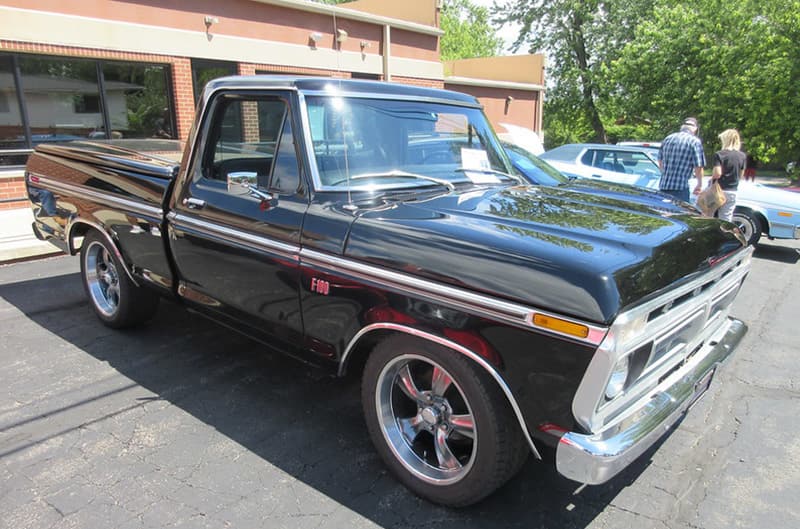
Beyond Sales and Service, Dealers Like Butman Ford Celebrate Ford Ownership with an Annual Car Show
Photos By Mark Storm

Subscribe to
Our Newsletter
Get up-to-date news, views, and races, including our weekly Fast News newsletter from Ford Performance.


